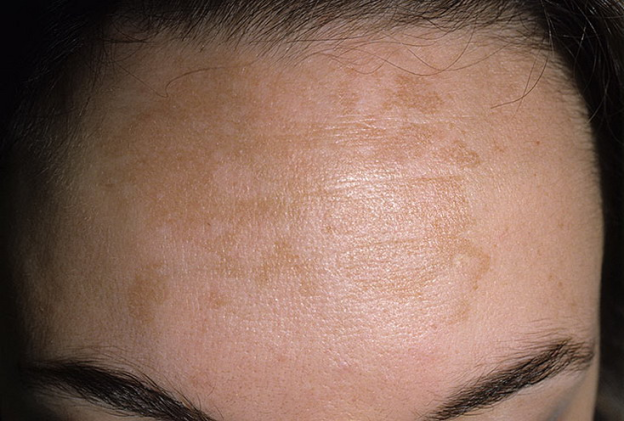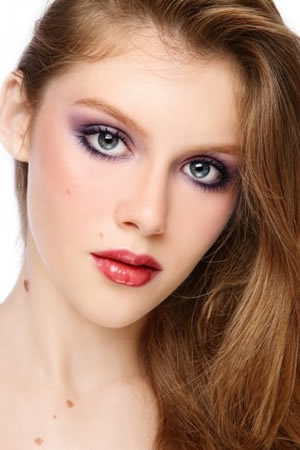 Have you been affected by various sun spots all over your body? Do you feel that these spots are preventing you from revealing your body whenever you go out? Are you looking for effective sun spot removal methods?
Have you been affected by various sun spots all over your body? Do you feel that these spots are preventing you from revealing your body whenever you go out? Are you looking for effective sun spot removal methods?
If so, don’t worry. Sun spots can be easily removed with various treatment methods and natural remedies.
What causes sun spots?
Sun spots are mainly caused due to either of these two reasons – [highlight]excess sun exposure or hormonal imbalances caused during pregnancy[/highlight]
Excess sun exposure is considered to be one of the most common causes of sun spots. Certain sun spots are intensified and triggered due to intense UV radiation as well. Most types of sun spots are harmless and there’s nothing to worry about them. However, some of these spots that are triggered by UV radiation could lead to skin cancer and therefore, immediate treatment may be required.
Sun spots may also be caused due to hormonal imbalances caused during pregnancy. They are also known as liver spots and are known to affect plenty of women during their pregnancy phases. Sun spots may also be confused with melasma and other dark spots that are likely to affect women during pregnancy.
How to prevent the development of sun spots?
Preventing the onset of sun spots is better than taking steps to cure it. Even if you do take steps to have your sun spots removed, there are chances of sun spots recurring again a couple of weeks later in the same or a different location. Therefore, the best thing you can do is to take steps to prevent the development of sun spots itself.
Here are some ways to keep the development of sun spots in check…
1. Sunscreen lotions
Sunscreen lotions can help block out intense sunlight and harmful UV radiation thereby ensuring that your skin cells and tissues are not damaged. It’s an effective strategy. Make sure that you use a sun screen with a high sun protection factor (ideally 30 or above depending on the location you reside in).
2. Balance in your lifestyle
Hormonal imbalances can be prevented even while you’re pregnant or during other stages in your life by creating balance. For pregnant women, there are loads of multivitamins and other supplements which you can take to control these imbalances and keep your hormonal glands functioning at optimum levels. Ensuring adequate amount of rest, regular exercise and a proper diet will keep stress at bay thereby preventing hormonal imbalances.
Sun Spot Removal Methods
Sun spots can be removed through a variety of treatments and procedures. It isn’t a harmless skin condition. All one requires is patience and investment of resources. There are some expensive procedures that may instantaneously heal your sun spots. And at the same time, there are also other inexpensive methods that you can follow for a lasting but slow cure.
With that said, here are some of the best sun spot removal methods…
1. Laser surgery
Laser surgery is a surgical procedure that is extremely effective when it comes to removal of sun spots. You can expect your sun spots to vanish in as little as 1 – 3 sessions of laser. The procedure involves burning of the skin layers that contain the sun spots with the help of laser beams. Once these skin layers are burned, newer skin cells and tissues begin growing in their place.
For most types of sun spots and other hyperpigmentation related conditions, laser surgery is the best method to follow. Treatment of cancerous sun spots are also done through laser therapy.
Pros:
- Quickly treats the sun spots even the stubborn ones and the ones that are cancerous
- Has a high success rate
Cons:
- An expensive procedure
- In some cases, it’s known to cause scarring
2. Skin Whitening Creams
Application of skin whitening creams on your sun spots on a continual basis for a period of time (3 – 6) weeks is an alternative way of treating your sun spots. It’s slow but it does work extremely well. The reason such skin whitening creams work is because they help work on the cause – [highlight]excess melanin production[/highlight].
Sunlight and hormonal imbalances cause your skin cells to produce melanin thereby leading to development of sun spots. This is kept in check by skin whitening creams that contain tyronsinase inhibitors.
These substances inhibit the activities of melanin producing cells and other enzymes thereby keeping the sun spots in check and whitening your skin overtime.
It works on nearly all types of sun spots and other hyperpigmentation related conditions. However with cancerous sun spots, you may need to resort to other clinical treatment procedures.
Pros:
- Affordable process
- Works on the cause – melanin production
Cons:
- Takes time for any significant result
- Will not work on cancerous or certain other types of sun spots



















You must be logged in to post a comment.